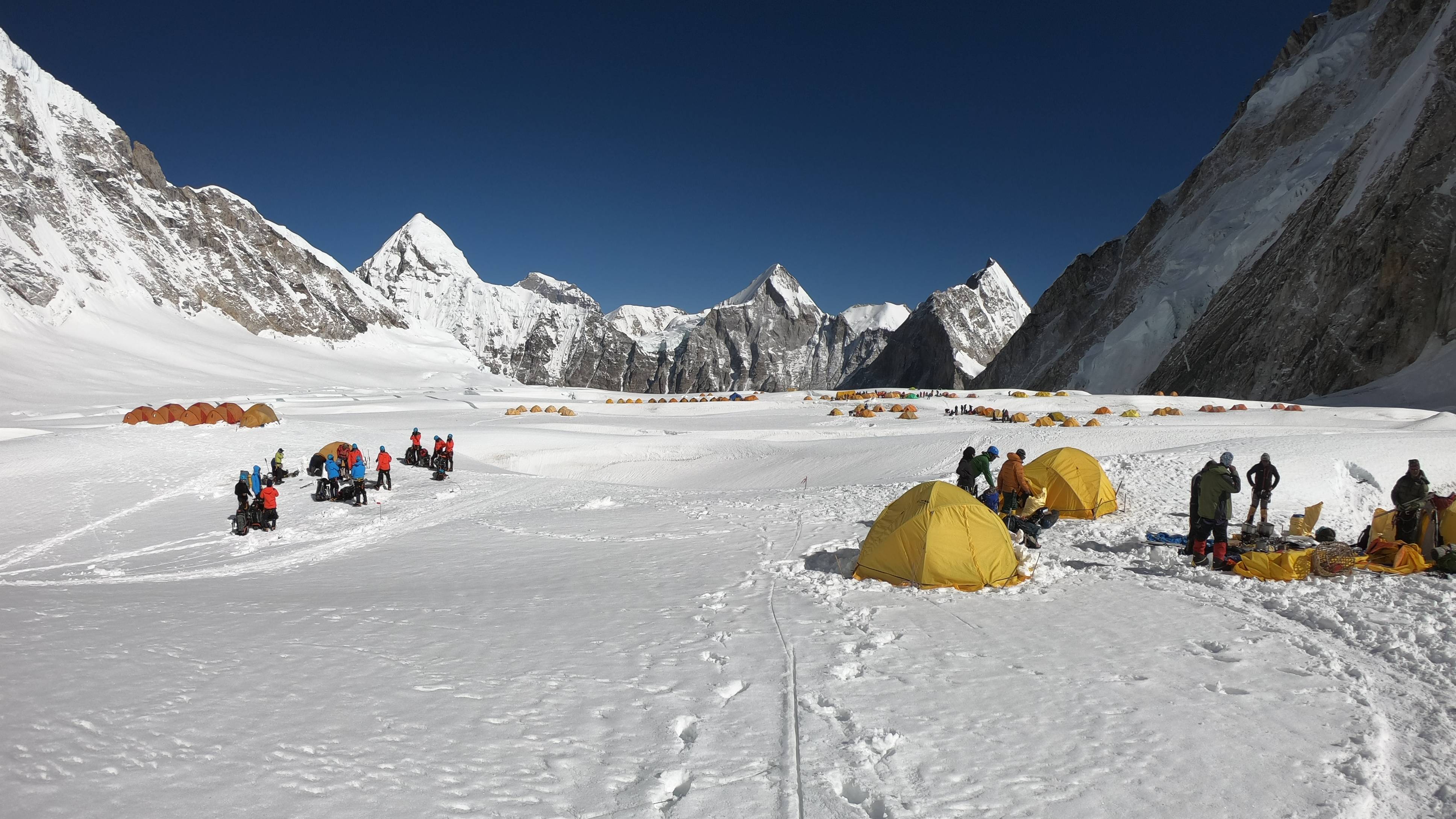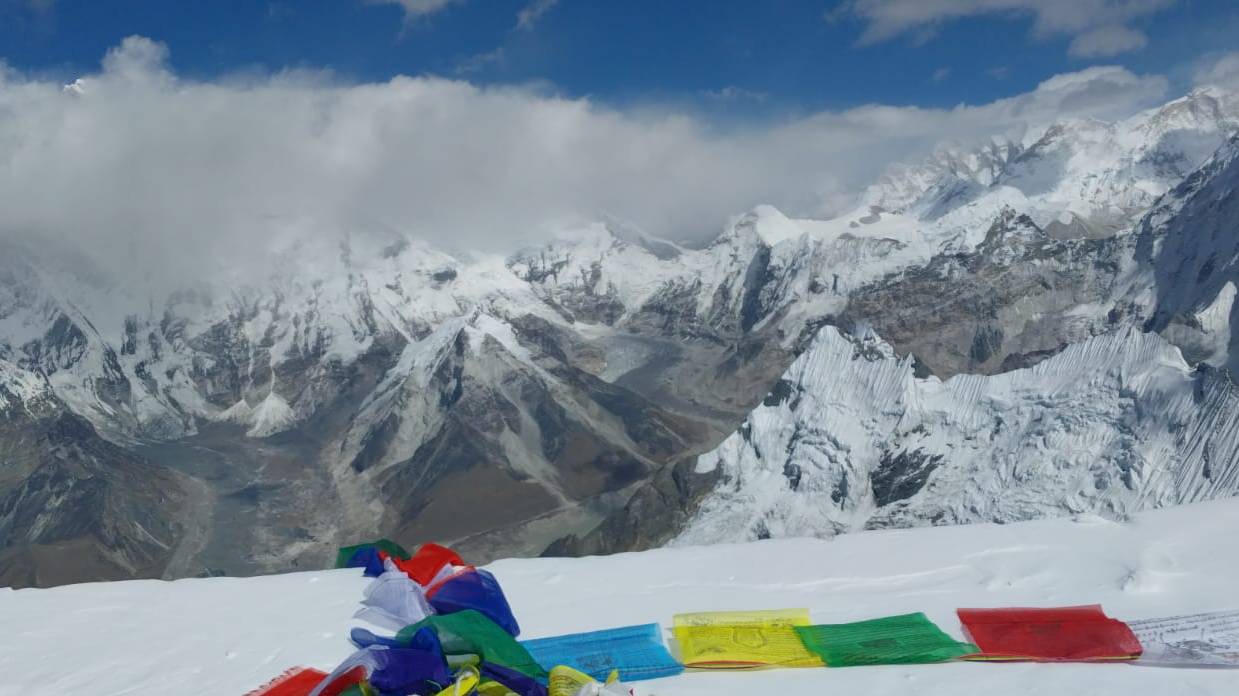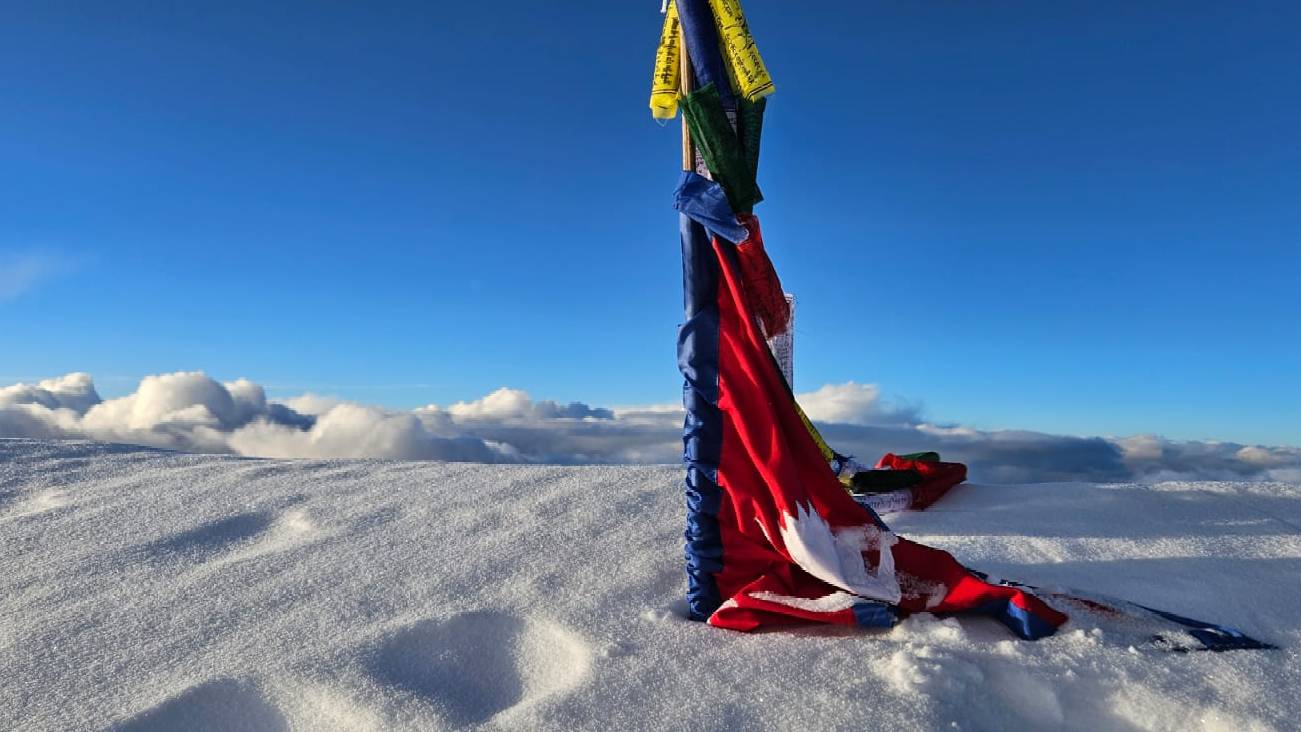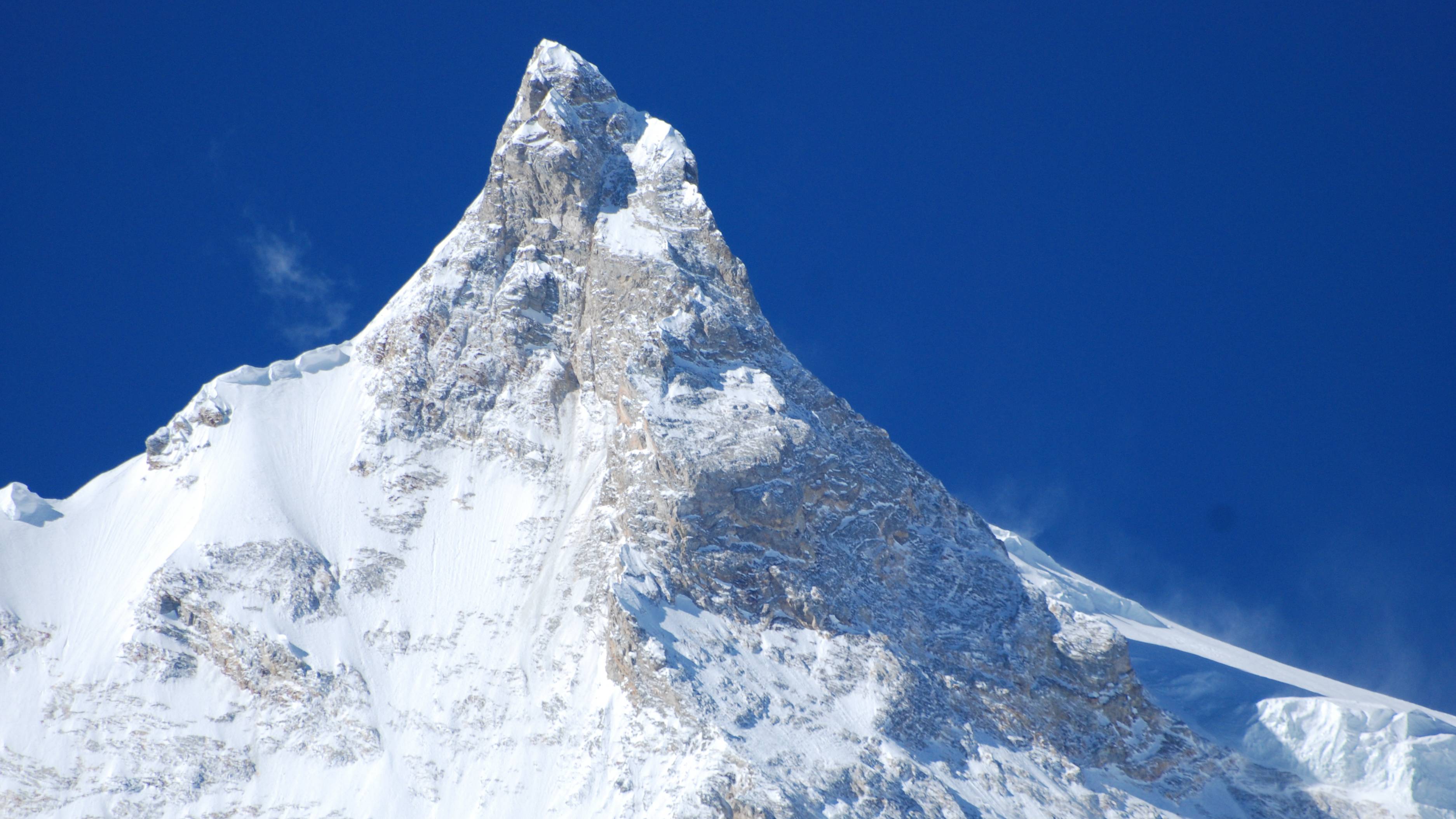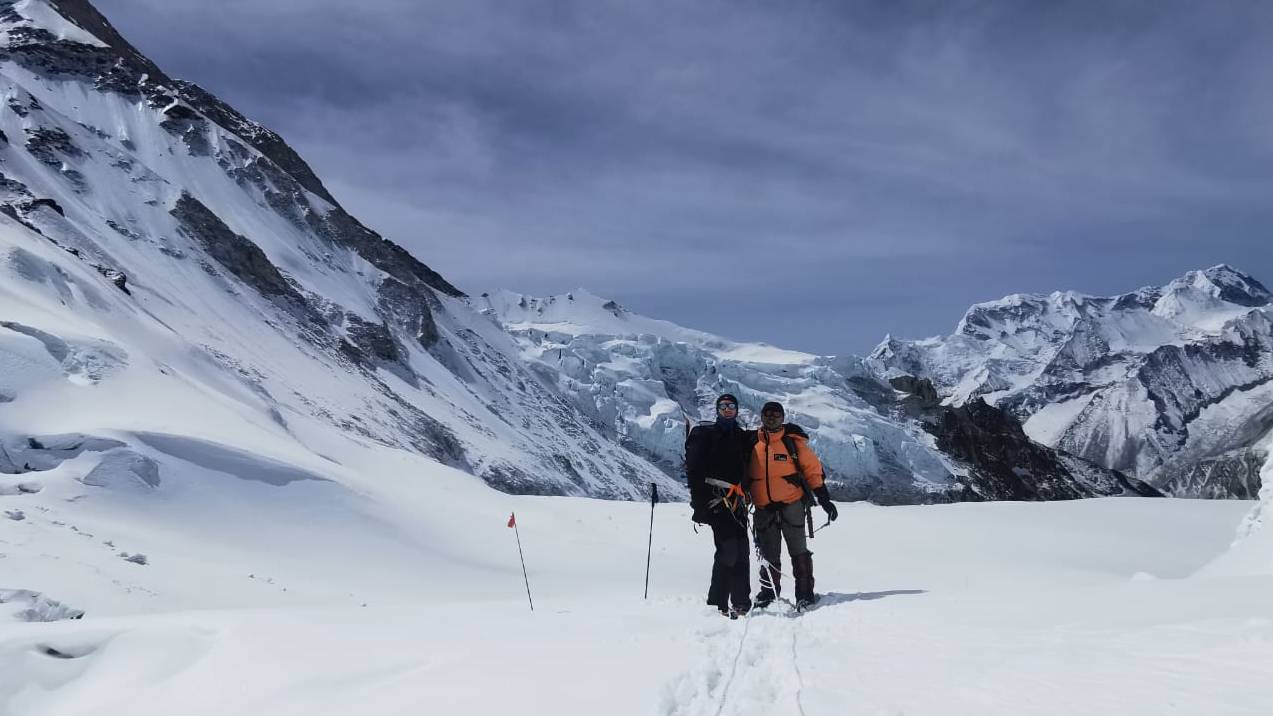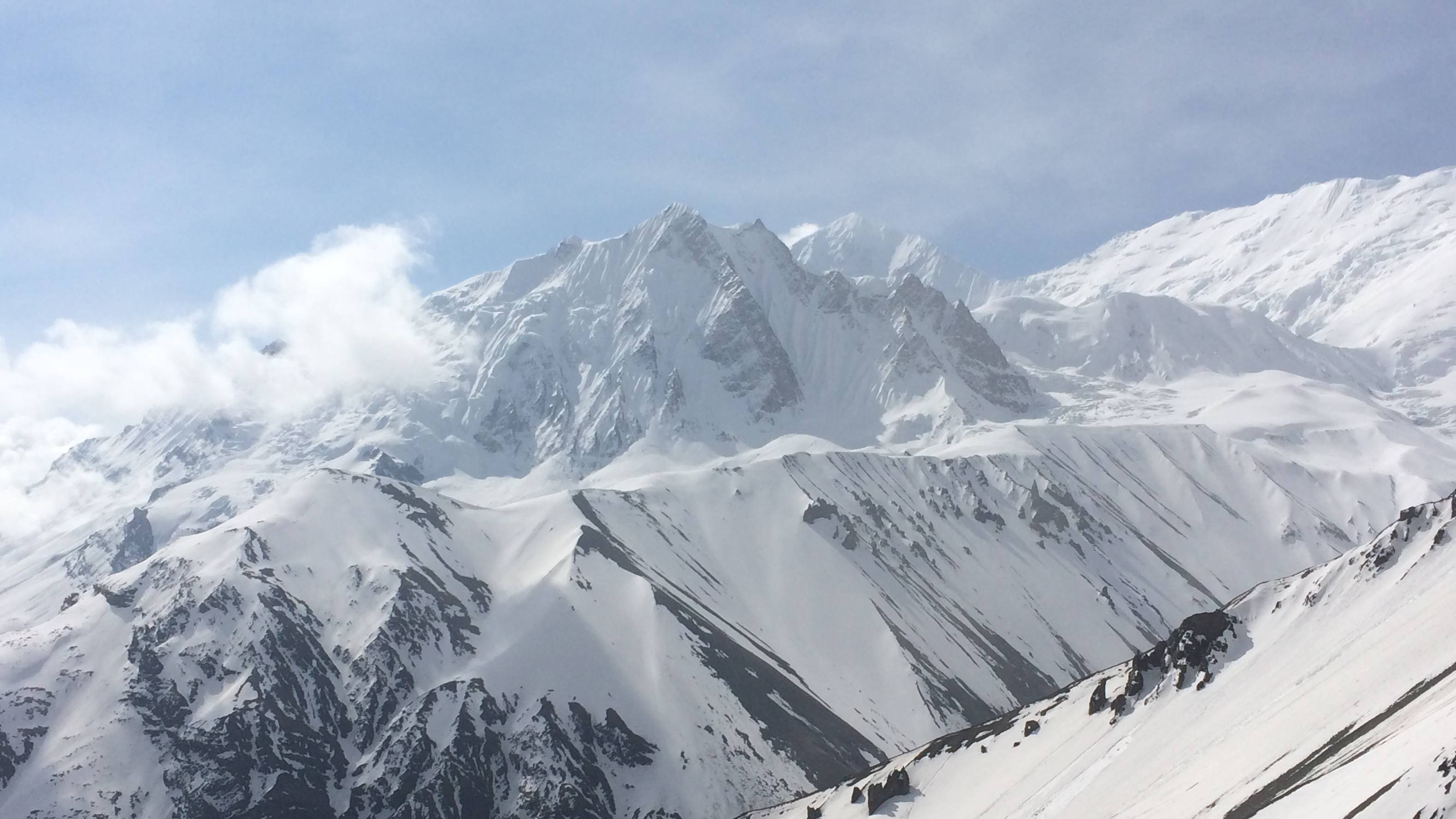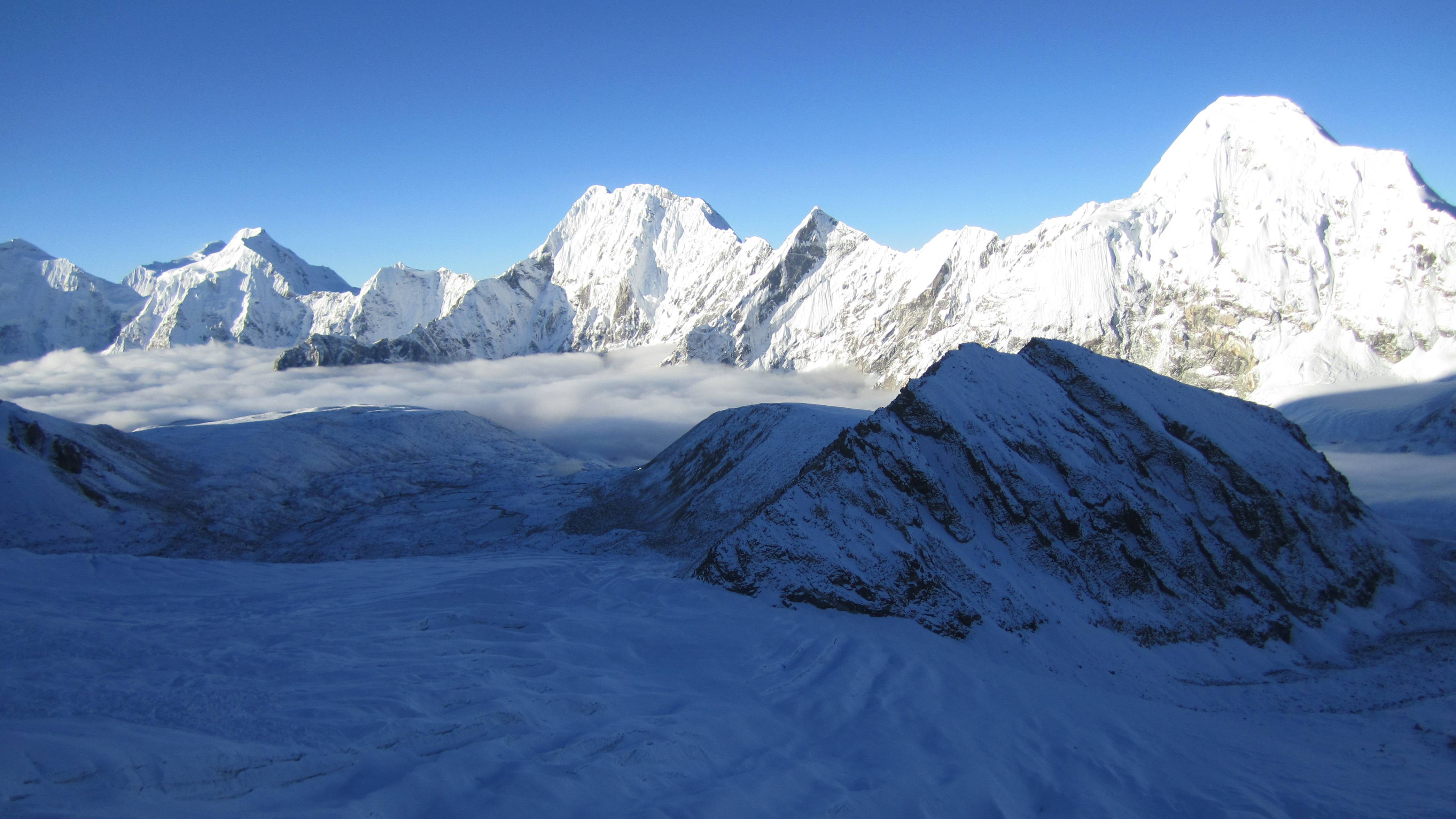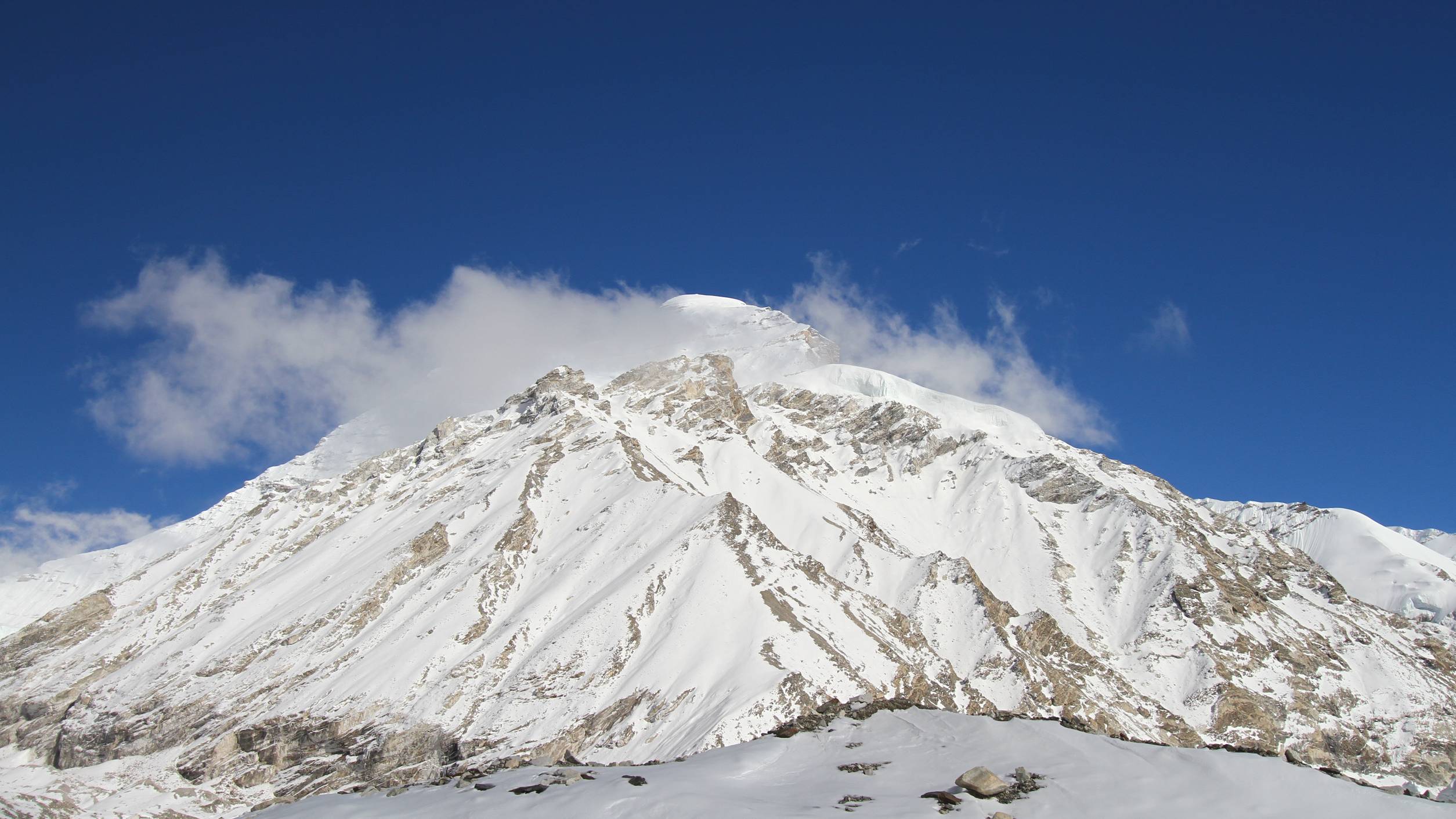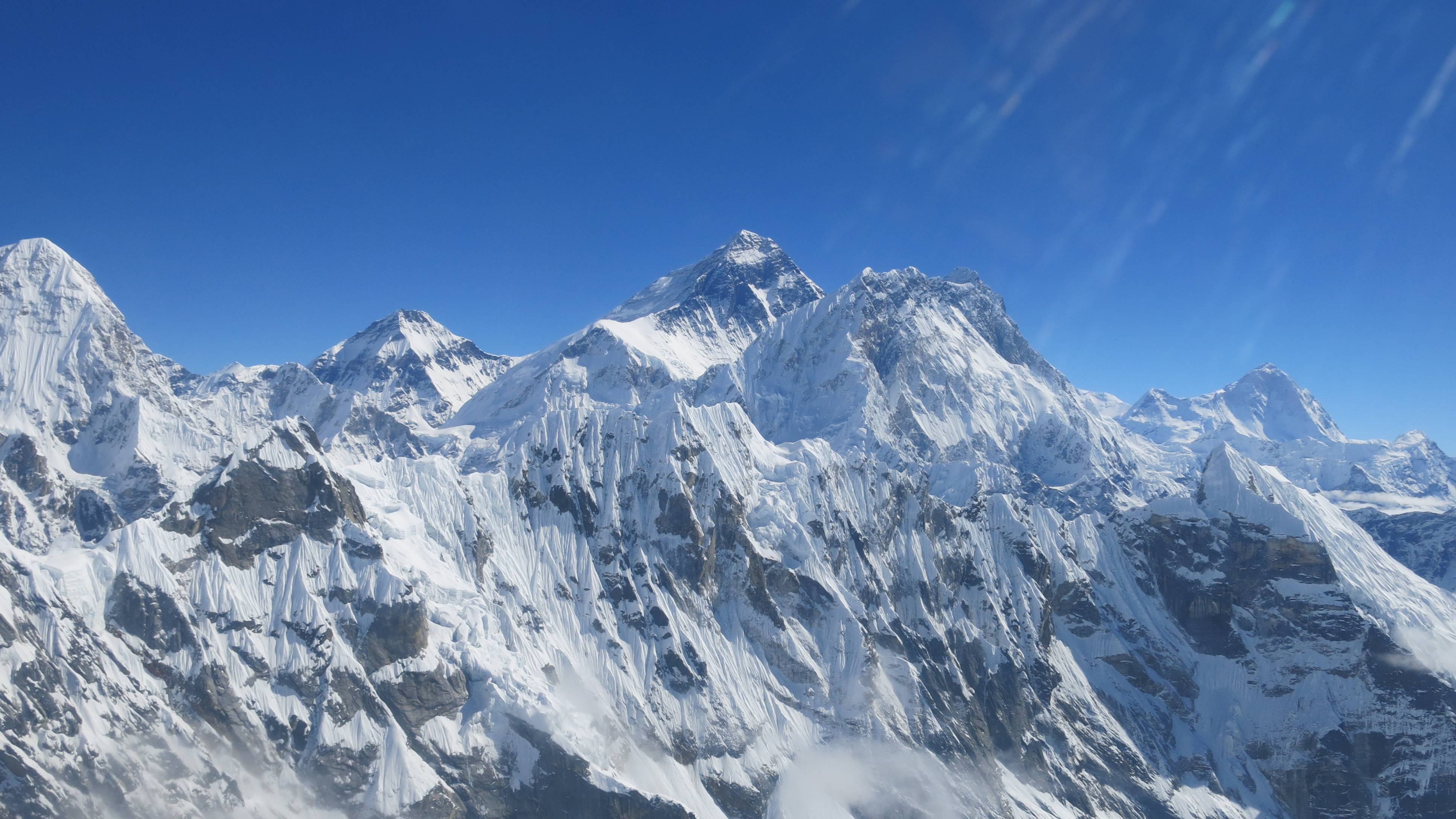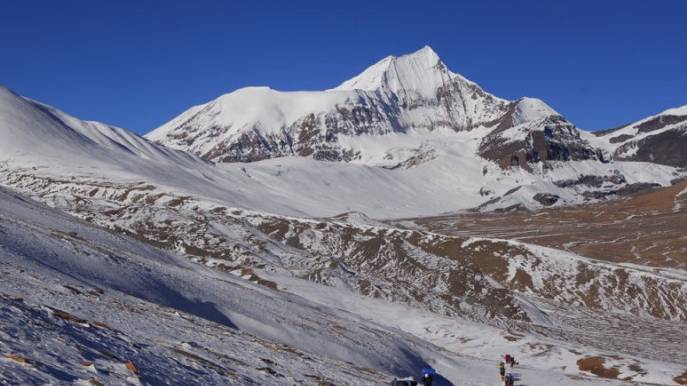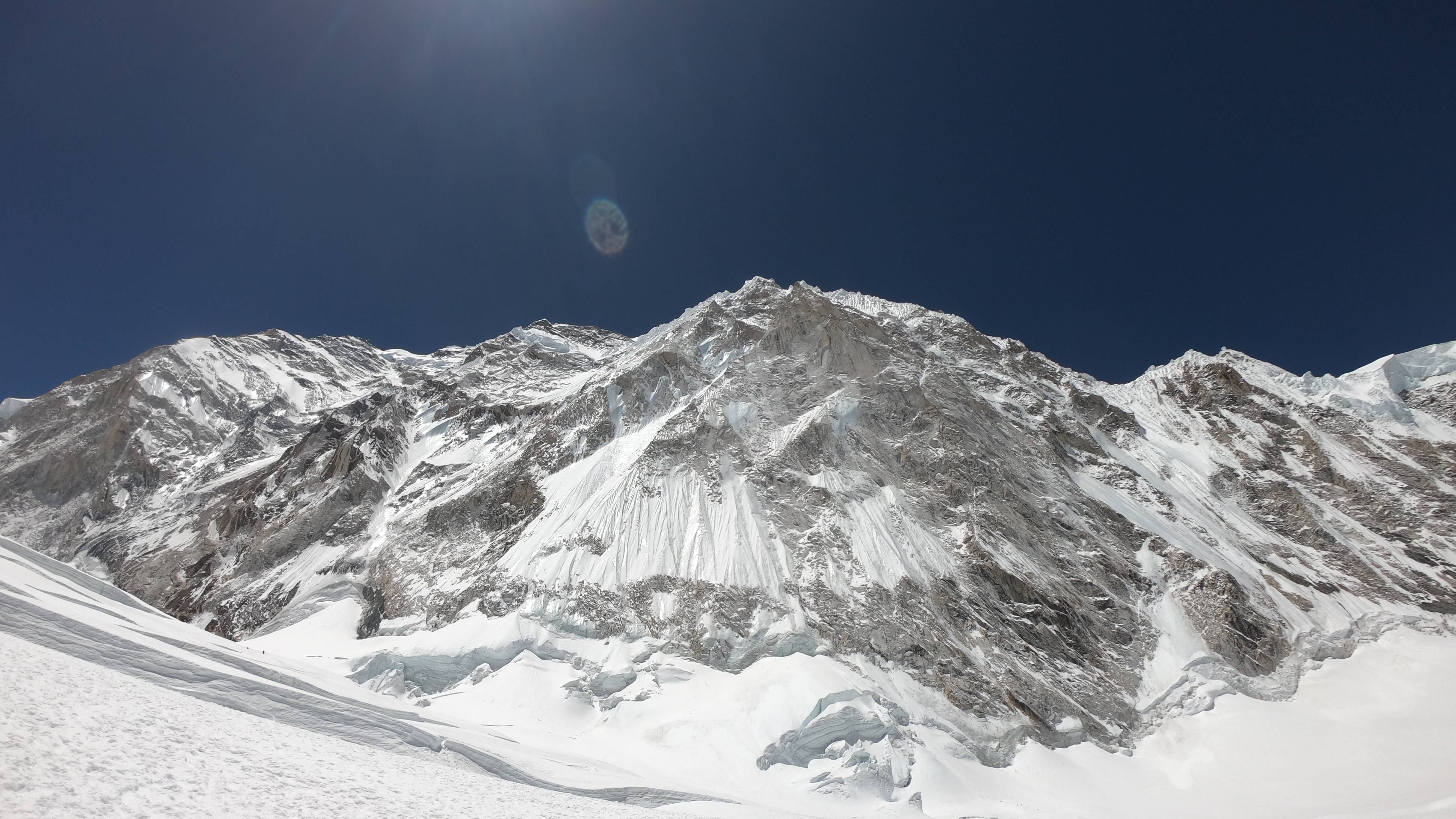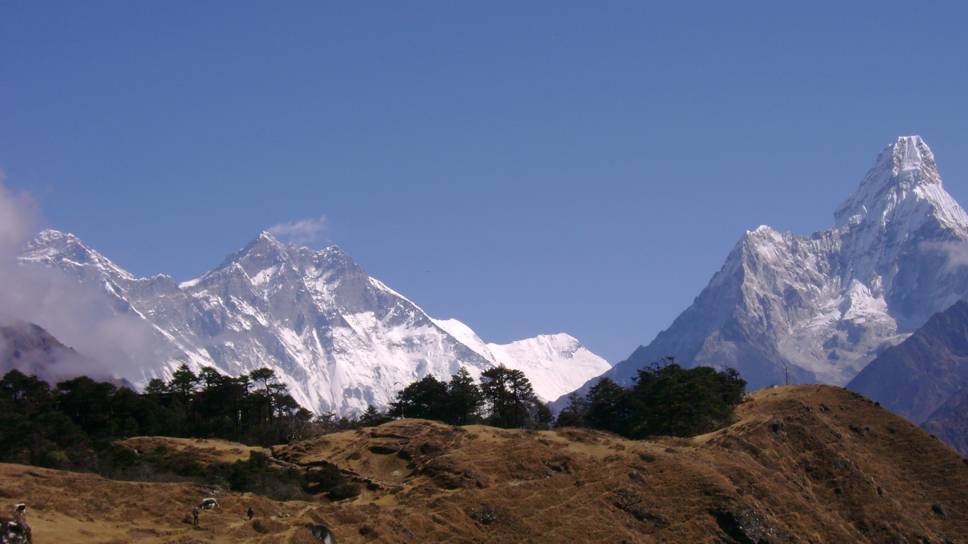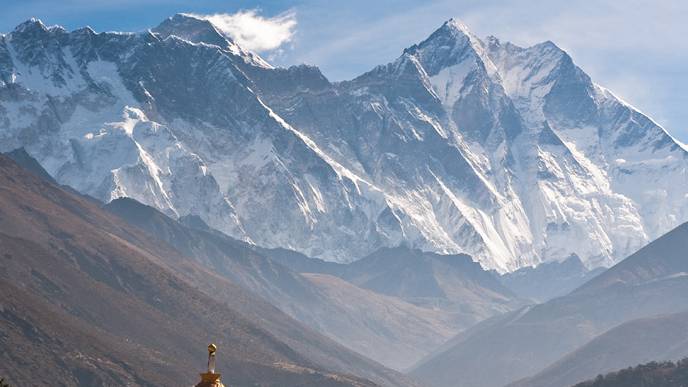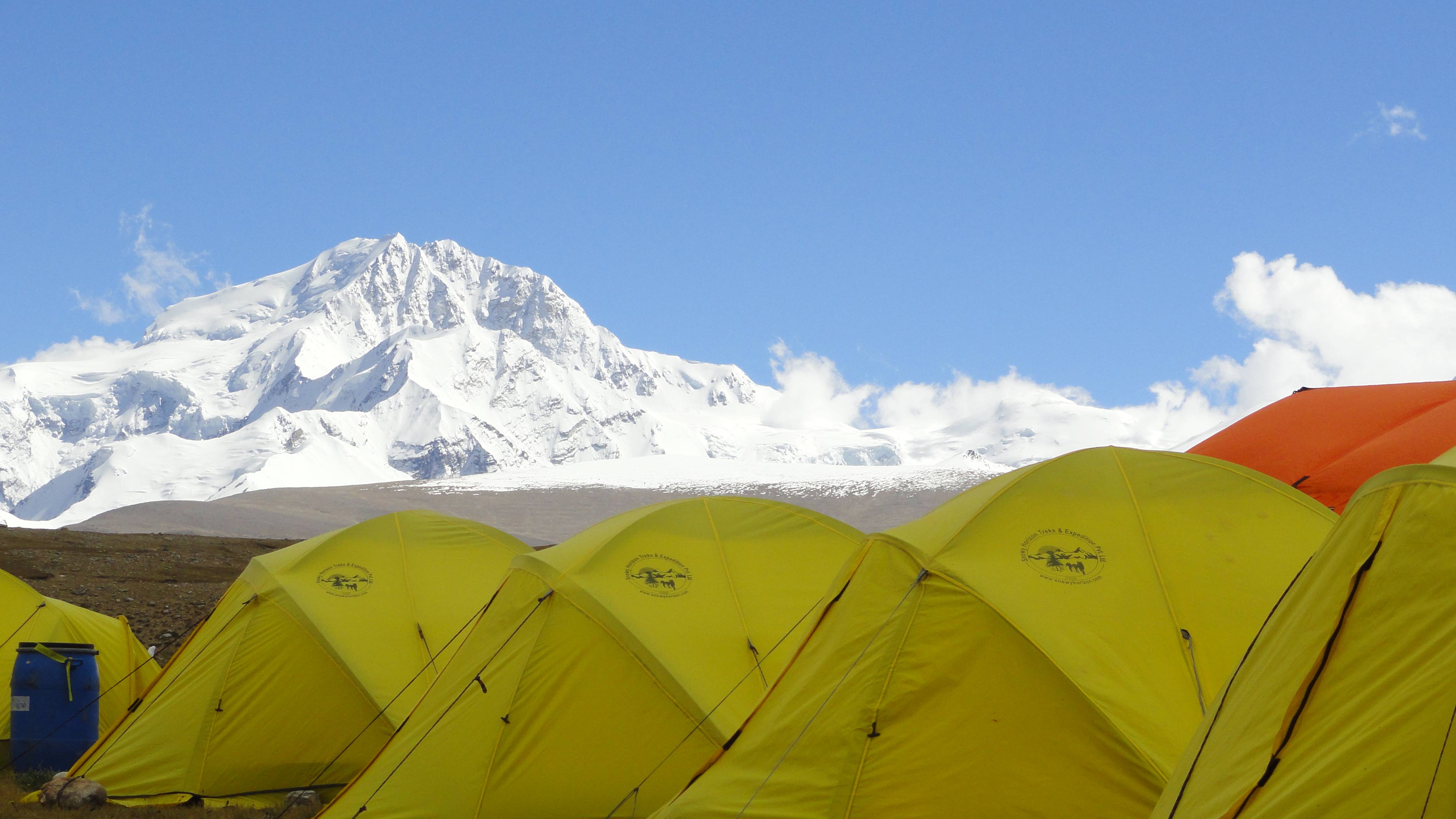Annapurna Expedition
Overview
“The highest peak of the Annapurna massive and the 10th highest summit of the world, the Mt. Annapurna I (8091m) is awaiting your real climbing experience and efforts in Nepal with the professional organizer and the devoted team of Snowy Horizon Expeditions.”
Annapurna is a series of peaks 55 km long with the highest point, Annapurna I, which stands 8091m in altitude, making it the 10th-highest summit in the world, located in a spectacular setup, east of a great gorge cutting through the Himalayas by the Kali Gandaki River, which separates it from the Dhaulagiri massif lies only 34 km west. Annapurna I was the first 8,000m peak climbed by a French Expedition led by Maurice Herzog, who reached the summit on 3 June 1950. It took 20 years for another team to succeed on the same mountain summit. The 1970 ascent of the South Face of Annapurna by Chris Bonington's team was a landmark in the history of mountaineering. This is a mountain that is among the most familiar of mountains, yet one that is very rarely climbed.
Annapurna in Sanskrit literally means "full of food" but is normally translated as ‘Goddess of the Harvests’. For Hindus, Annapurna is "the universal and timeless kitchen-goddess, the mother who feeds and prevents starvation, a universal fear, which makes Annapurna a universal goddess, associated with the giving of food (wealth). This led her in time to be transformed into Lakshmi, the Goddess of Wealth with the most popular shrine located in Kashi, on the banks of river Ganga.
The entire massif and surrounding area are protected within the 7,629 sq km as Annapurna Conservation Area led by Project (ACAP), the first and largest conservation area in Nepal, established in 1986. The Annapurna Conservation Area is home to several world-class treks, including the Annapurna Circuit, so the Annapurna Expedition has additional benefits of occurring in an extremely spectacular setting, however Annapurna peaks are also the world's most dangerous mountains to climb. There are four Annapurna’s in the massif as well as Gangapurna and Annapurna South. The South Face of Annapurna is one of the largest and steepest faces in the world. The face is awesome in size and difficulty. The South Face is 3000 feet higher than the southwest face of Mt. Everest. The South Face of Annapurna is relatively free of the terrible avalanche hazards that plague the standard routes on the North Face of the mountain, despite the great difficulty; the South Face is a logical route to the summit of Mt. Annapurna.
Annapurna Expedition Base Camp Services:
- Snowy Horizon Treks & Expedition provides very professional, supportive and friendly mountaineering logistic services from Kathmandu to the ABC as well as during the climb. Our objective is to ensure good quality, supportive, safe, friendly, stress-free and comprehensive service to maximize summit opportunity.
- We provide a comprehensive service organizing all necessary permits, and climbing documentation, traveling logistics including airfares, ground transportation, porters, and other individual services required by mountaineers. On the track to the ABC, we organize all required accommodation and food.
- In the Base Camp, our cook and helpers will prepare and serve three times delicious freshly cooked and plentiful meals a day and will ensure that hot and cold drinks are available 24hrs a day.
- In the Base Camp, we provide spacious expedition quality personal tents for all our clients both with full board or base-camp service only.
- In the Base Camp, we also provide a dining tent, kitchen tent, toilet facilities and portable shower facilities and tent accommodation for our staff.
- In the Base Camp, we provide access to communication including satellite telephone and internet access, and solar panels to charge your batteries.
Annapurna Expedition Full Board Services:
- For full board services, we provide personal tents and food, which will be prepared by their climbing Sherpa. We provide UHF/VHF handheld radios on the mountain to maintain communications between ABC and high camps.
- We provide a personal climbing Sherpa guide to help the clients to reach the summit. Personal climbing Sherpa will set up camp 1 and camp 2 and high camps/bevies including food provisions, fuel and oxygen and will guide and assist the client on the summit day.
- Annapurna climb is a serious adventure and one of the most difficult and dangerous 8000m peaks. The climbing skills of the client required to attempt the climb are high for the chance to succeed as well as for safety reasons. Unlike other summits like Cho Oyu, Shisha Pangma, or Everest, the client attempting Annapurna must be an experienced and independent climber, who doesn’t rely on the leader to take them to the summit and bring them back. Our role is to assist, advise and support and we take it with full responsibility and seriousness of it.
- The climb requires cooperation between teams in setting up fixed ropes. Our camp manager and guides will work with other teams on the route setting.
Approaches to ABC:
The approach to Annapurna Base Camp is a spectacular bonus trek through a world-class trekking area; Poon Hill with spectacular sunrise views on a number of significant and elegant peaks including Dhaulagiri (8167m), Tukuche Peak (6920m), Nilgiri (6940m), Varaha Shikhar (7847m), Annapurna I (8091m), Annapurna South (7219m), Annapurna III (7555m), Machhapuchhre (6993m), Annapurna IV (7525m), Annapurna II (7937m) and Lamjung Himal (6983m) are the highlights of it. The trail follows then the deepest valley in the world the Kali Gandaki valley between two 8000m giants Annapurna I and Dhaulagiri. The trek passes through Tatopani, Ghasa, Thulobogin, Thulobogin pass and Mristi Khola to the Annapurna ABC. The approach trek can be shortened by 2 days by driving to Tatopani/Dana from Kathmandu as well.
The Advanced Base Camp (4190m) is located at the North Annapurna Glacier and it can be reached within a 7-9 days trek if you are interested in adding on and or there is also the option of flying to ABC by helicopter from Pokhara or from Tatopani, Myagdi to ABC.
Climbing Routes:
- Annapurna's standard route is via West Face and Northwest Ridge, which is a very challenging route with Annapurna being statistically one of the most dangerous 8000m peaks. The most dangerous and difficult is a section between camps 1 and 2 with a very unstable and broken glacier with dangling Seracs ready to crash any time, being a major cause of death, and eminent avalanche danger.
- The climb is done with 3 camps. It takes 2 Hrs. to get from the ABC to the bottom of the climb; facing a 70 deg steep 500m climb with fixed ropes and danger of falling services.
- From camp 1 to Camp 2 the climbing is slightly less steep but also difficult with still high objective avalanche danger. This section requires also a set of about 1000m of fixed ropes.
- The route from Camp 2 to Camp 3 requires switchbacks navigation on the snowfield between Seracs of the broken glacier. There are still 1000m of fixed ropes required.
- The Summit attempt is on the exposed ridge but it doesn’t require fixed ropes, it is done as a free ascent.
Day-to-Day Itinerary:
15 March: Day 01:Arrival at Kathmandu Airport and Hotel transfer.
16 March: Day 02:Preparation, Briefings, Last minute shopping, and formalities.
17 March: Day 03: Kathmandu-Pokhara Drive/Fly; Hotel in Pokhara BB Plan.
18 March: Day 04: Pokhara-Beni-Lete drive, teahouse.
19 March: Day 05: Lete to Thulobugin Trek, camping.
20 March: Day 06: Thulobugin to Hum Khola Trek, camping.
21 March: Day 07: Hum Khola to Miristi Khola Trek, camping.
22 March: Day 08: Miristi Khola to Annapurna Base Camp Trek, camping.
23 March-22 April: Day 09-35: Annapurna Summit Climbing Period (8091m).
19 April: Day 36: Trek down from base camp to Miristi Khola, camping
20 April: Day 37: Miristi Khola to Thulobugin trek, camping.
21 April: Day 38: Thulobugin to Lete Trek, teahouse.
22 April: Day 39: Lete to Pokhara drive via Tatopani, hotel in BB Plan.
23 April: Day 40: Drive/fly to Kathmandu, hotel accommodation (BB Plan).
24 April: Day 41: D-Briefing, rest and contingency day, farewell dinner in Kathmandu.
25 April: Day 42: Transfer to the airport for final departure.
Full Board Service Cost : Please contact us by email or call us
Cost Include
- All arrival and departure transfers in Kathmandu.
- 4 Nights in Kathmandu & 3 Nights in Pokhara hotel accommodations on BB Plan.
- Kathmandu-Pokhara-Lete-Pokhara-Kathmandu land transfers.
- Mt. Annapurna I expedition permit (Royalty Spring; US$ 1800 for member).
- Government official Liaison Officer for Mt. Annapurna I Expedition.
- Annapurna Conservation Area entry permit and TIMs card for members.
- All camping equipment in Advance Base Camp and other camps.
- Food, accommodation and guide during trekking in teahouse/lodge/camp.
- Food during the expedition period cooked by our experienced cook at ABC.
- 1:1 experienced private climbing Sherpa guide for climbing support.
- 2 Oxygen (4 Ltrs.) bottles for climbing members and 1 for Sherpa.
- Mask & regulators 1-set for climbing member and Sherpa.
- Gamow bag at EBC for emergency rescue purposes.
- Baggage allowance carrying by mules/porters up and down to BC: 50 kg.
- Required high-altitude food for climbing members and Sherpa.
- Insurance, wages, meal and allowances for climbing Sherpa and BC staffs.
- Solar panels for light and battery charging in base camp.
- Icefall and rope fixing charges, tents at high camps C1, C2, and C3.
- First Aid medical kits for the Group and the staffs.
- Walkie-talkies & satellite phone for communication (uses charge $ 5 per unit for Sat).
- Office service charges and government taxes levied in Nepal.
- Farewell Dinner & Snowy Horizon Special Gifts.
Cost Exclude
- Lunch and Dinner during your stay in Kathmandu (except for the farewell dinner).
- Items of personal nature; laundry expenses and defined personal climbing gears.
- Expenses incurred towards usage of all communication means.
- Clothing, packing items or bags, personal medical kit, camera/video fees, or trekking gears.
- Any extra expenses arising out of various/unforeseen situations like natural calamities, landslides, political disturbances, strikes, changes in Government regulations, etc.
- Any additional staff other than specified.
- Summit bonus to your private Sherpa guide if approached to the summit (Minimum US$ 1200.00)
- Medical and Travel Insurance with helicopter search and rescue for members.
- Permits for walkie-talkies & filming if special camera.
- Tips to Base Camp Staffs are mandatory; a minimum of US$ 200 per member for the team.
- Any other item not mentioned in the “Service Cost Includes” section.
Base Camp Service Cost : Please contact us by email or call us
Cost Include
- Arrival and departure assistance by Snowy representative at the international airport.
- 4 Nights in Kathmandu & 3 Nights in Pokhara hotel accommodations on BB Plan.
- Kathmandu-Pokhara-Lete-Pokhara-Kathmandu land transfers.
- Mt. Annapurna I expedition permit (Royalty Spring; US$ 1800 for member).
- Government official Liaison Officer for Mt. Annapurna I Expedition.
- Annapurna Conservation Area entry permit and TIMs card for members.
- All camping equipment in Advance Base Camp.
- Food, accommodation and guide during trekking in teahouse/lodge/camp.
- Food during the expedition period cooked by our experienced cook at ABC.
- Gamow bag at EBC for emergency rescue purposes.
- Baggage allowance carrying by mules/porters up and down to BC: 50 kg.
- Insurance, wages, meal and allowances for climbing Sherpa and BC staffs.
- Solar panels for light and battery charging in base camp.
- First Aid medical kits for the Group and the staffs.
- Walkie-talkies & satellite phone for communication (uses charge $ 5 per unit for Sat).
- Office service charges and government taxes levied in Nepal.
- Farewell Dinner & Snowy Horizon Special Gifts.
Cost Exclude
- Lunch and Dinner during your stay in Kathmandu and Pokhara.
- Climbing Sherpa guide, oxygen bottles, high altitude food and tents above ABC (Camp: 1-2-3).
- Ropes, any other climbing gears and services above ABC (Camp: 1-2-3)
- Items of personal nature and laundry expenses and defined personal climbing gears.
- Expenses incurred towards usage of all communication means.
- Clothing, packing items or bags, personal medical kit, camera/video fees, or trekking gears.
- Any extra expenses arising out of various/unforeseen situations like natural calamities, landslides, political disturbances, strikes, changes in Government regulations, etc.
- Any additional staff other than specified.
- Medical and Travel Insurance with helicopter search and rescue for members.
- Permits for walkie-talkies & filming if special camera.
- Tips to Base Camp Staffs are mandatory; a minimum of US$ 200 per member for the team.
- Any other item not mentioned in the “Service Cost Includes” section.
Notes
- Cost defers on Hotel Category for Hotels in Kathmandu.
- The itinerary is changeable and modifiable as per the needs and time frame of the clients.
- The cost will be re-calculated if the itinerary is changed or modified.
- Additional activities may be added as per request with nominal additional cost.
- For any kind of changes please contact us by email or call us.
- Grade: Mountaineering
- Elevation: 8,091m (26,545ft)
- Location: Nepal / Annapurna Region
- Coordinates: 28°35′46″ N 83°49′13″ E
- First Ascent: Maurice Herzog (Nepal), June 3, 1950
- Season: Late spring and autumn
- Duration: 42 days (typically)
- Group Size: 02-15 person per Group

